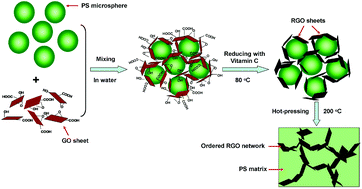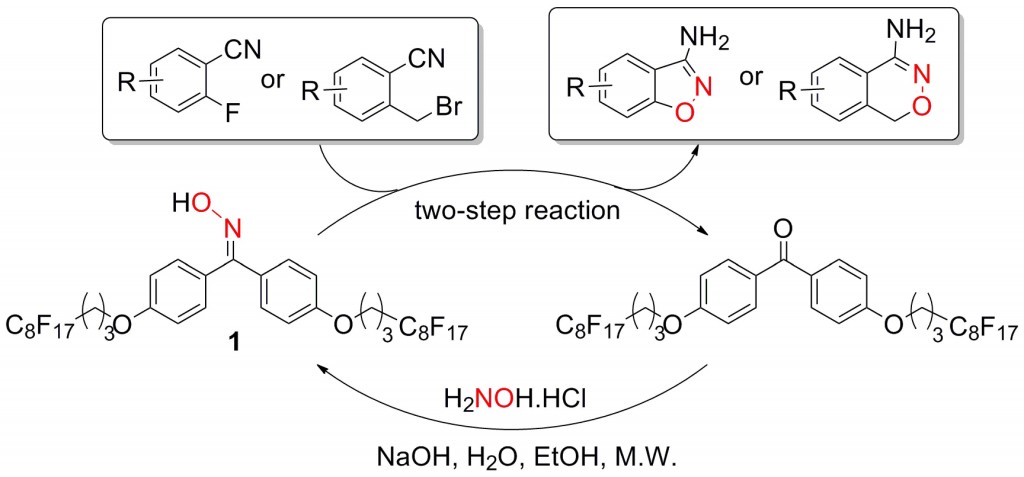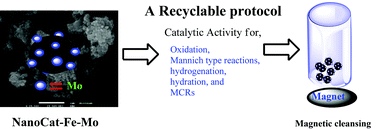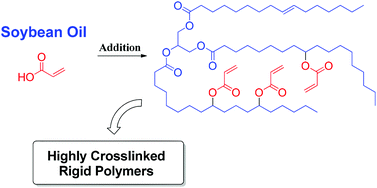Scientists in Austria, Romania and Turkey have used the natural resin shellac to devise biocompatible organic field-effect transistors (OFETs), which could help make electronic gadgets biodegradable and allow easier use of OFETs in the body.

© Shutterstock
Together with their better known cousins – organic photovoltaics (OPVs) and organic light-emitting diodes (OLEDs) – OFETs are already revolutionising the electronics industry, bringing us flexible displays and light-weight solar-powered chargers. Switching the synthetic substrate material and dielectric layer to the naturally occurring shellac has a number of advantages such as low cost, low toxicity and low environmental impact.
Currently used in the fashion and beauty industry as a hard-wearing nail varnish, shellac has also been used to make gramophone records and as a furniture finish. The material is composed of a mixture of aliphatic and alicyclic hydroxy acids that are easily cross-linked by heating, resulting in a smooth, glassy substrate for the OFET devices to be built upon. It is also easy to process.
Read the full article in Chemistry World
Read the original journal article in Green Chemistry:
Natural resin shellac as a substrate and a dielectric layer for organic field-effect transistors
Mihai Irimia-Vladu, Eric Daniel Głowacki, Günther Schwabegger, Lucia Leonat, Hava Zekiye Akpinar, Helmut Sitter, Siegfried Bauer and Niyazi Serdar Sariciftci
Green Chem., 2013, Advance Article
DOI: 10.1039/C3GC40388B, Communication











 Although some of the waste ash produced from the combustion of biomass is currently used in construction, most of it ends up in landfill. Therefore, extracting alkali silicates, which can be used in cement, detergents, catalysts and catalyst supports, is one way of reusing the potentially huge quantities of ash due to be produced in the future.
Although some of the waste ash produced from the combustion of biomass is currently used in construction, most of it ends up in landfill. Therefore, extracting alkali silicates, which can be used in cement, detergents, catalysts and catalyst supports, is one way of reusing the potentially huge quantities of ash due to be produced in the future. Recycling old magnets, so that rare-earth metals can be re-used, could help to solve
Recycling old magnets, so that rare-earth metals can be re-used, could help to solve 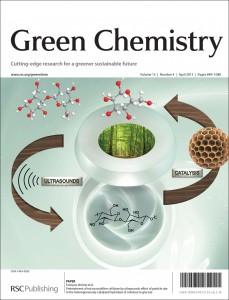
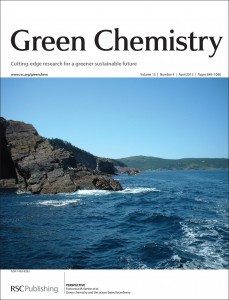
 Work by scientists from Queen’s University Belfast on
Work by scientists from Queen’s University Belfast on  The front cover of this issue highlights a Critical Review by
The front cover of this issue highlights a Critical Review by 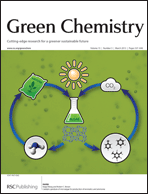 The inside front cover features work by
The inside front cover features work by 
